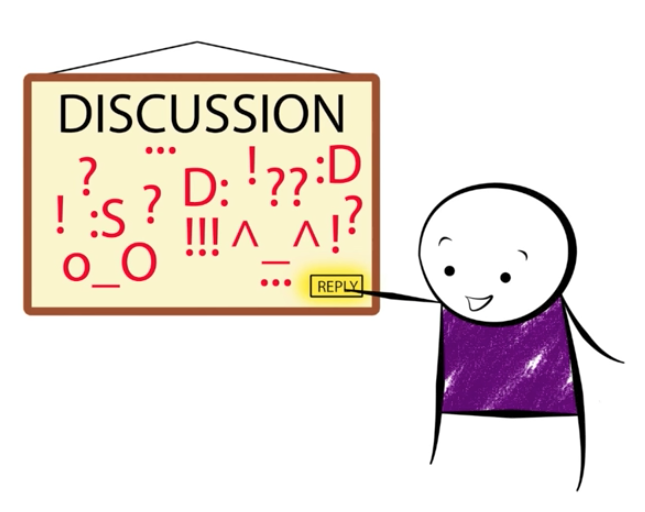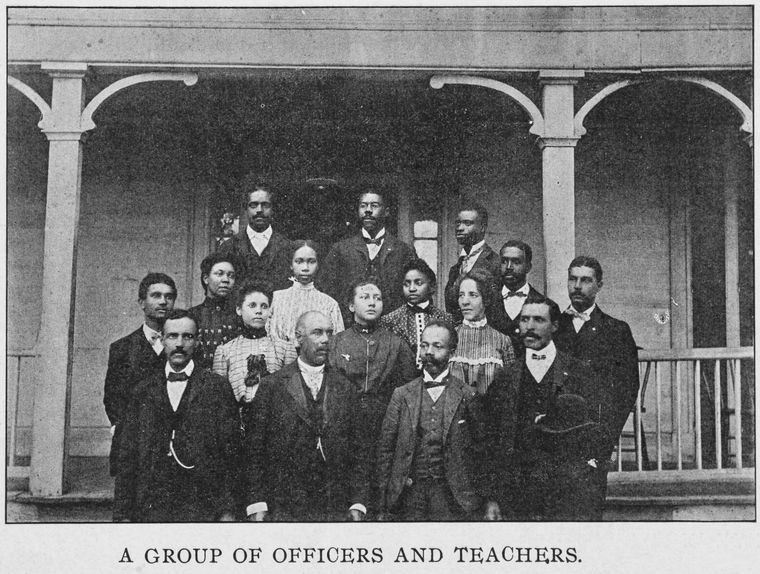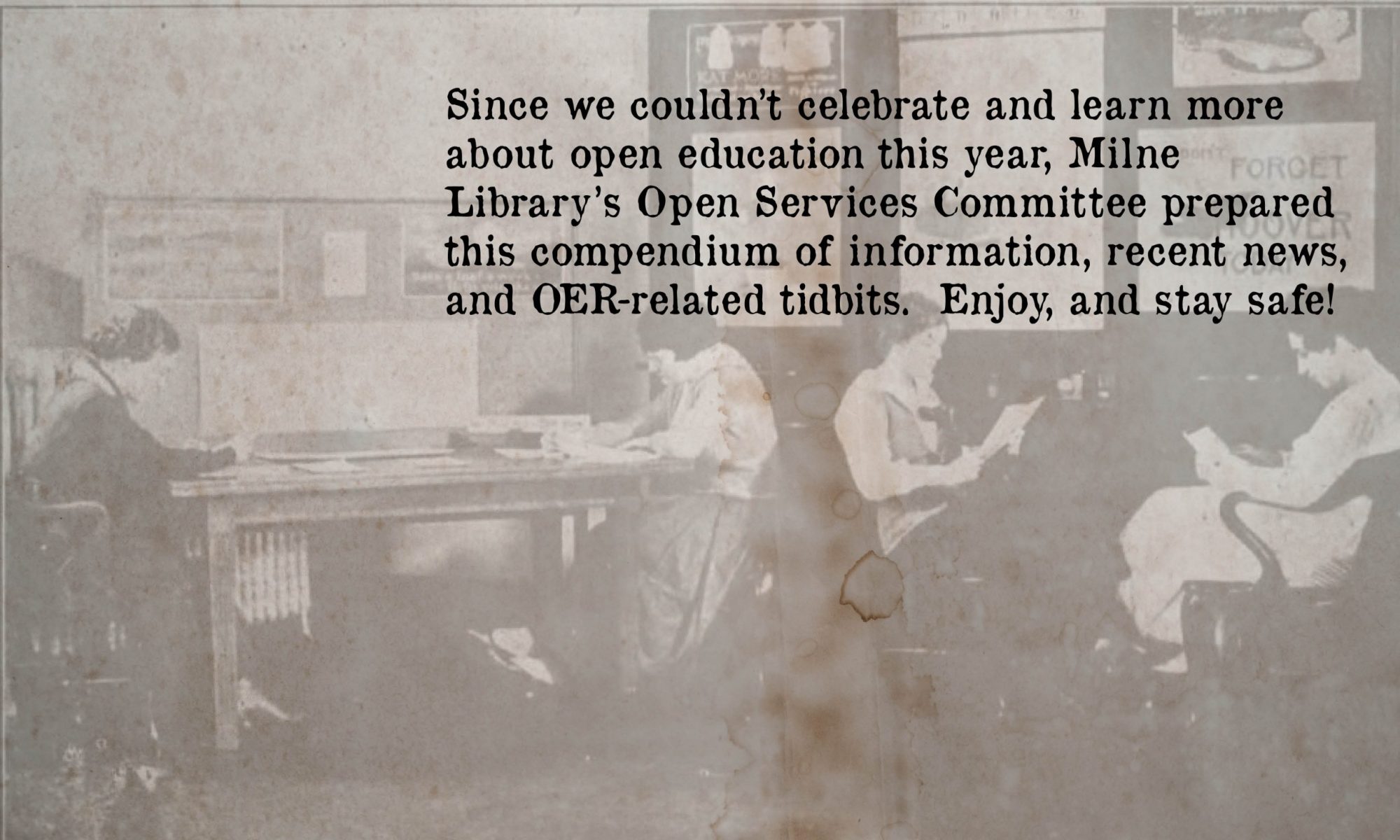OER that works for you
by Allison Brown
There’s a huge world of open resources out there to delve into—how do you even know where to start, or what OER can do for you and your class during lockdown?
Here are a few ideas to add to your toolbox:
Give students some guidance
Are you hearing from students that they are having trouble with transitioning to online learning? There is lots of advice and resources for students through our own website, but consider adding in a section in your own Canvas course with guidance for your students. The articles below are openly licensed, so copy/paste those right into a page in Canvas—just be sure to list an attribution (the name of the original author/publisher and the link is generally sufficient):

How To Do Well In An Online Course
Tips for Learning during Disruption
You can also add more specific sections directed to particular parts of your course or delete sections that aren’t relevant or useful.
Dive into historical documents

Public domain materials represent the majority of openly (or rather un-)licensed material. And a lot of it has been digitized, so it’s easy for you and your students to access, and can be interesting jumping off points for discussion and projects. Here are a few places to locate digitized public domain material:
NYPL Digital Collections
(just be sure to check “search only public domain materials” once you add a search term to the search box)
The Internet Archive
This collection has everything from texts, images, to video. Check out this 1920s educational film about bees and spiders!
Custom Online & Print Books
If you assign a text that is public domain, you could have a custom edition put together by your very own Milne Library Publishing (see this Corning CC edition of Frankenstein as an example)! We can create an online edition, with downloadable and printable files as well. Contact Allison Brown at browna@geneseo.edu for more information.
In addition, there is open material written about a lot of public domain material: The Public Domain Review is an online, open publication with scholarly essays delving into and showcasing a variety of public domain works. There are very timely discussions there, like the origins of modern clinical trials and Athanasius Kircher’s Study of the Plague

Service projects
Many of us are feeling helpless during this time, and one way to refocus our work is to share what we can—our time, our work—and create projects and activities to give the same opportunities to students.
WikiEdu

Have you ever complained about students using Wikipedia as a source? WikiEdu is a great program that helps teachers integrate Wikipedia editing & improvement into their courses. The best thing about this program is that you get lots of support, like instructional design consultation, assignment management software, assignment templates, and tutorials about how to contribute to Wikipedia.
Volunteer to transcribe
You can get your students involved in making digitized materials more accessible to researchers like you! Many projects rely on volunteers to transcribe letters and other scanned materials so they are searchable. They will get experience and knowledge from interacting with primary sources, and historical documents will be more discoverable:
Newberry Transcribe: Uncover everyday life during the 19th and early 20th centuries
Smithsonian Digital Volunteers: Transcription Center
The home laboratory

It’s difficult to suddenly not have access to the labs and other spaces we rely on to teach more hands-on lessons. Thankfully, there are some open simulations, labs, and other activities written with the distance-learning student in mind.
PhET interactive simulations from University of Colorado, Boulder has teaching resources and activities to accompany the simulations in biology, chemistry, physics, math, and earth science.
Virtual Microscope for Earth Sciences Project lets students explore samples from across the world, and across time.
Qubes is a platform for math and biology educators to locate or share resources and methods for preparing students to use quantitative approaches to tackle real, complex, biological problems. Many of the resources are designed to be used in an online setting.
oPhysics is a collection of interactive physics simulations.
There are still a lot of hands-on experiments and activities that can be done at home. YouTube is full of openly licensed videos with experiments that can be done with household items and products (a lot of these are made for kids, but why should they have all the fun?) Challenge your students to replicate, explain, or do an experiment of their own with whatever they have at hand!

